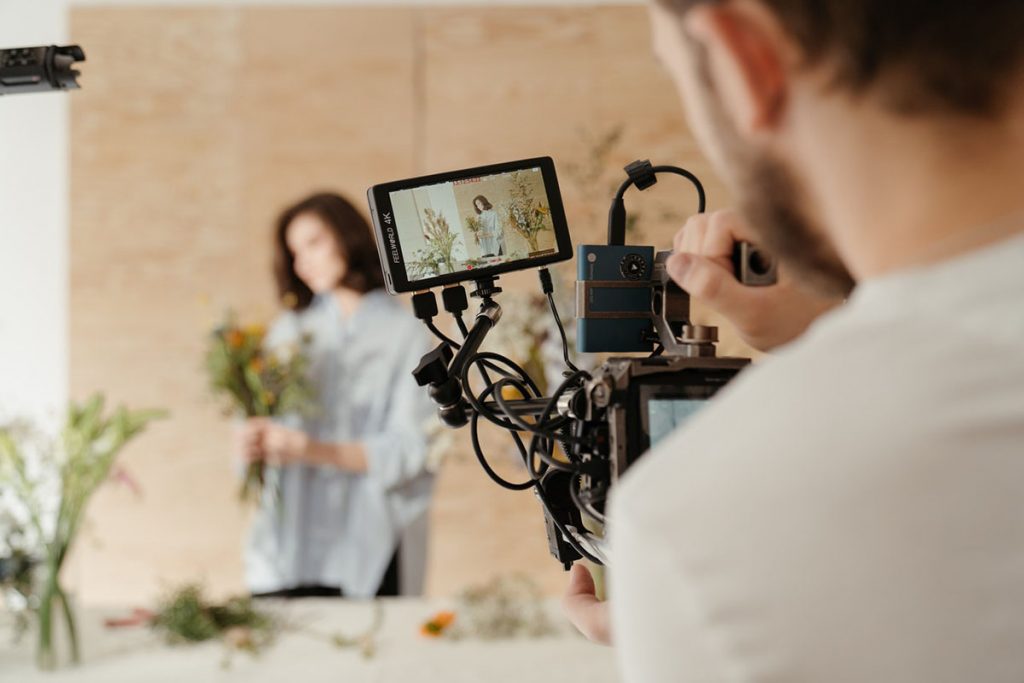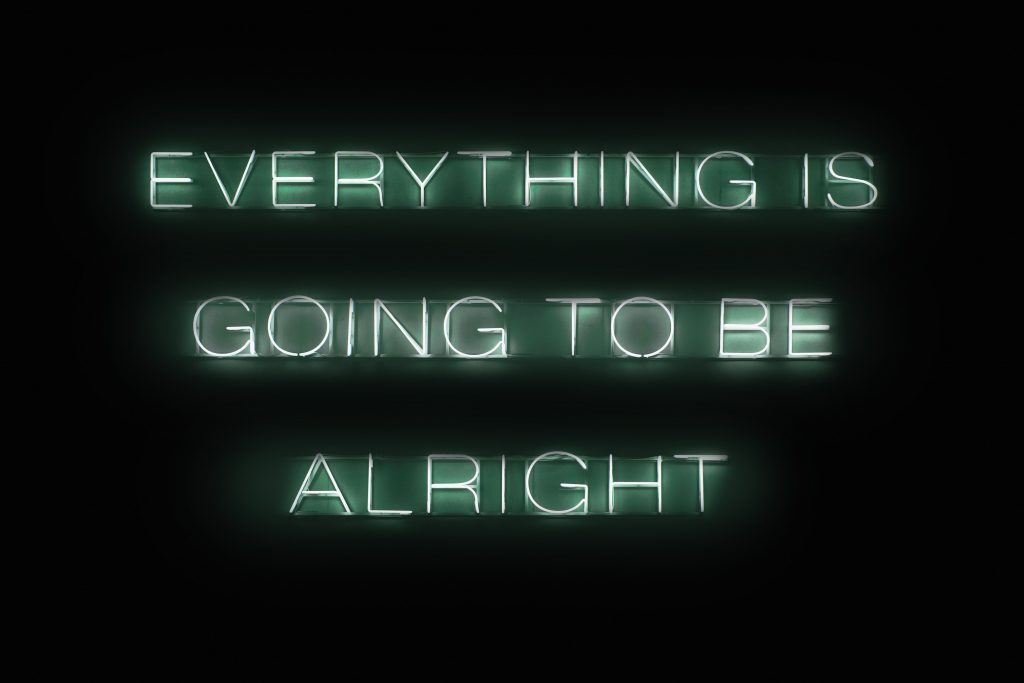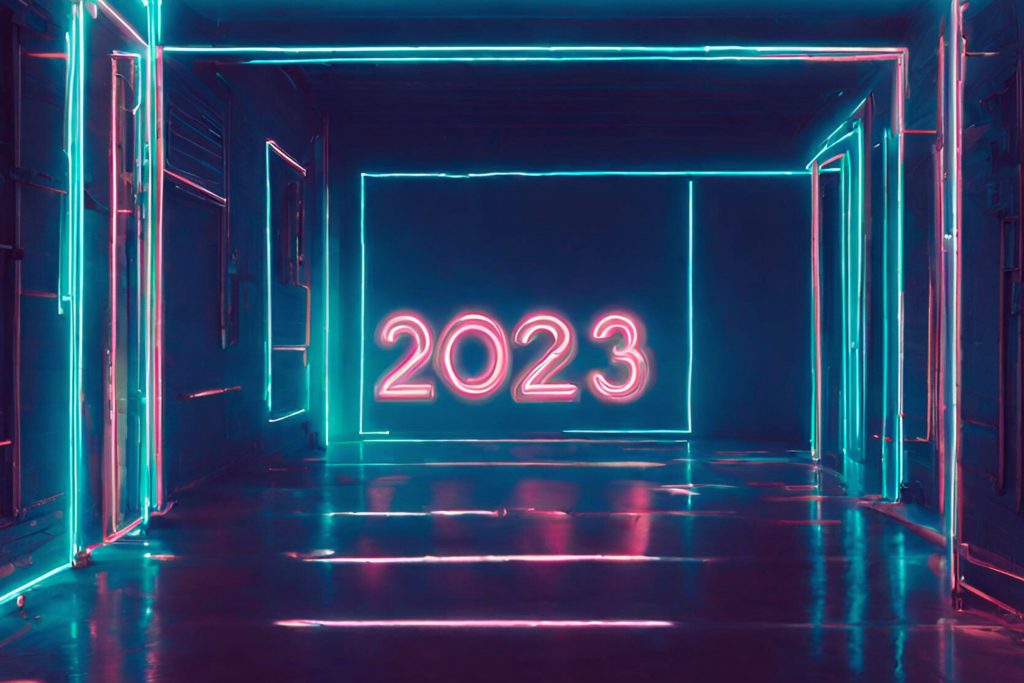Producing videos (and therefore understanding video composition) has become an important part of growing a business. Keeping up with changes in the digital landscape has everyone learning new skills to gain new customers and connect with their community…
And now, video is on everyone’s to-do list.
Whether you’re using it for a website, social media, email list, or internally to distribute information to employees, video is the most engaging medium for sharing information in 2022.
But in a world of instant gratification, you have less than ten seconds to grab a viewer’s attention so your video must be visually interesting in order to keep your viewers hooked.
This is why it’s so important to know the rules of video composition. With a video, “composition” refers to the arrangement of the elements within a moving image.
Business videos tend to feature people as these “elements”, either in testimonials or being interviewed.
So there are several things you must understand about video composition, to create visually appealing interviews or testimonials and produce compelling business videos…
Here are our 9 Rules of Video Composition For Business Videos
1. Understand The Rule of Thirds
The Rule of Thirds is the art of positioning things within a three-by-three grid to properly frame shots. Framing a shot is everything, and the rule of thirds is a lifesaver when drawing the eye to the focal point of the video.
This rule is easily understood by using the “grid view” on any video or photo camera. While filming, if you select this view a tic-tac-toe-like grid will appear:
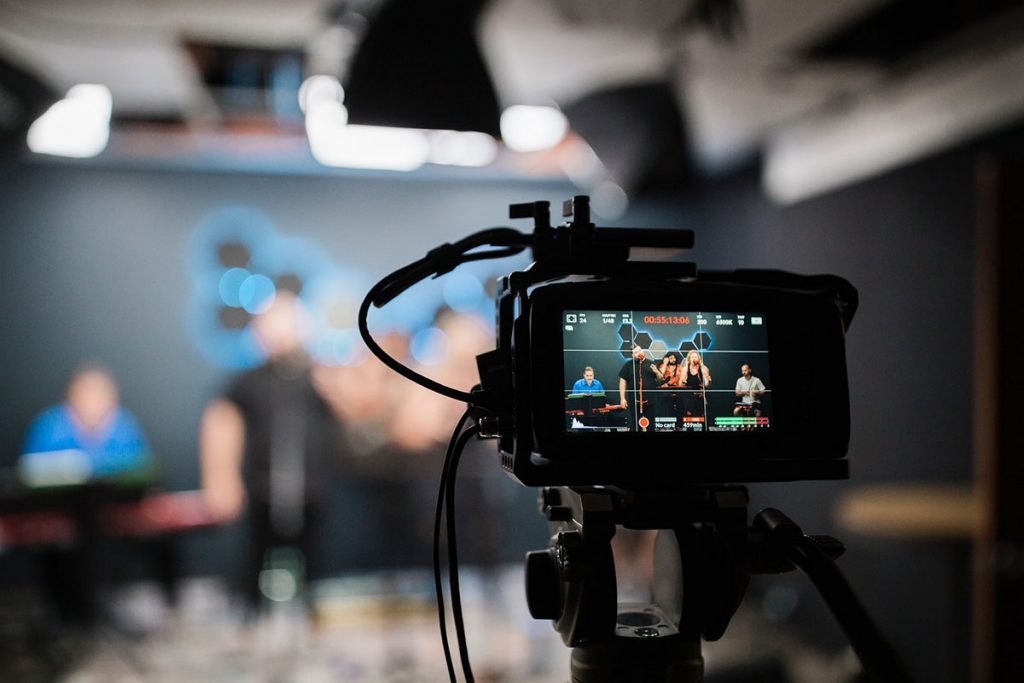
Note how the lead singer’s heads are positioned at the intersection of the gride lines.
Getting a center shot may be the simplest, but aligning elements along the grid lines or at their intersections creates more tension, energy, and interest in the composition.
2. Avoid an awkward tilt: use a Tripod!
Using a tripod will ensure that your shot is not only smooth but also perfectly horizontal.
You can do this easily by having something in the shot that is parallel to the ground. Level the camera to the object, and bingo, a perfectly horizontal line.
Of course, you can film at a tilt on purpose, but that is more for action-packed or artistic shots. For your standard talking head or interview video, play it safe and grab a tripod.
3. Allow for Headroom
Headroom: we all like to have it. On a plane, in a car, and especially in a video…
When filming a person, your subject must have a large enough gap at the top of the frame to leave space, but not too much as to be distracting.

Note the adequate amount of space above the subject’s head, to allow for a centered and balanced portrait mid-shot (mid-shot means from the waist up).
There is a fine line to this, too much space above will look weird and require cropping while editing. We would recommend three fingers sideways from the top of the subject’s head to the top of the frame.
4. Lead It…
Lead room is the space between the subject in the scene and the edge of the frame which looks to be their destination. It can be as important as headroom depending on the type of video you are shooting.
In video composition, this is normally utilized when the subject is looking for something or is off in the distance to establish a transition. It can really be effective in keeping the watcher’s attention and providing visual consistency.
An example of this is the interview shot. Have you ever watched a spotlight video of someone being interviewed and the interviewer is just about off-camera but still in the shot in relation to the interviewee? That’s a lead shot.
5. Pay Attention to the Background
You want the viewer to focus on the subject in the video and not be distracted by what’s in the background. This is simple to do in a studio because you can create a simple backdrop.
The challenge is when you film on location and have less control of what’s going on in the environment. In this situation, do your best to find a quiet place to film, a place with relatively low to no foot traffic and uncluttered scenery.
You can also use depth of field to blur the background and make the watcher focus on the subject.
6. Play with the Depth of the Shot
You also have to manage foreground, midground, and background for a perfect shot. Having your subject in the foreground, or front of the shot will have the eye focused on them.
When showcasing a location, having them walk in the midground along what is being shown in the background will draw the eye to the location, like this:

In this frame, the depth of shot allows you to note the subject but also the ocean and skyline in the background.
Having a product in the foreground and the presenter in the background ensures the product is the main focus.
You can also use focusing techniques to shift the view by blurring where you don’t want the focus to go.
7. Lead the Viewer with your Video Composition
Did you know you can use the scenery to guide the eyes to the subject of the video? Yup, it’s true. Any natural lines in the shot can do it, as well as blurring the background.
All you have to do is position the subject at the end of things like rails, the horizon, a path, or any other object with a hard line.
8. Make the Subject Large and In Charge
This is probably the simplest rule in video composition: having the focus of your shot be the largest thing on-screen is the most effective way to make sure it is seen.
9. Follow the 180-degree Rule
The 180-degree rule states that two characters in a scene should always have the same left/right relationship with each other.
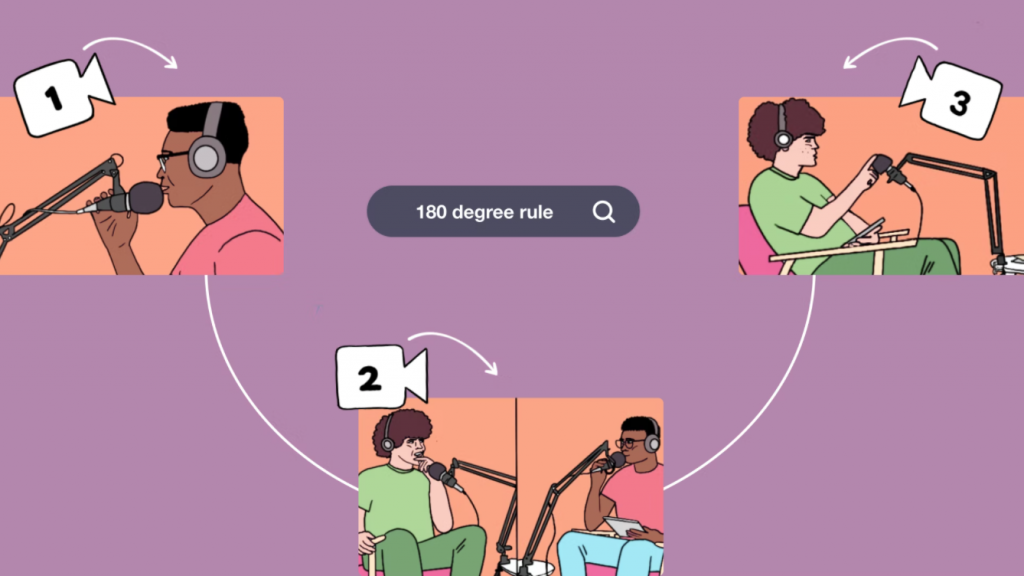
Image Credit: Vimeo
This is the subtle art of framing two people in a shot, whether it is two people having a conversation or an interviewer and interviewee. To do this properly, you have to imagine a line equidistant between the two people in the shot.
This rule guarantees that both people are in the shot without obstructing one another.
The Bottom Line When it Comes to Video Composition…
Videos aren’t just tools for big fancy brands anymore. They’re useful for the start-up business that wants a strong online presence, the corporation that wants more profit, and the solo entrepreneur who is working to make a name for themselves.
In a world where a paragraph can be too long to read, having a video that captures the attention of your customer can be the difference between gaining that customer or losing them to someone else.
And with new social media channels popping up nearly every week, every business needs to be operating like a media company: creating videos for each and every channel, for both their internal and external marketing. And these videos need to grab and maintain your viewer’s attention.
Follow these rules of video composition to start creating compelling videos for your business, today!


